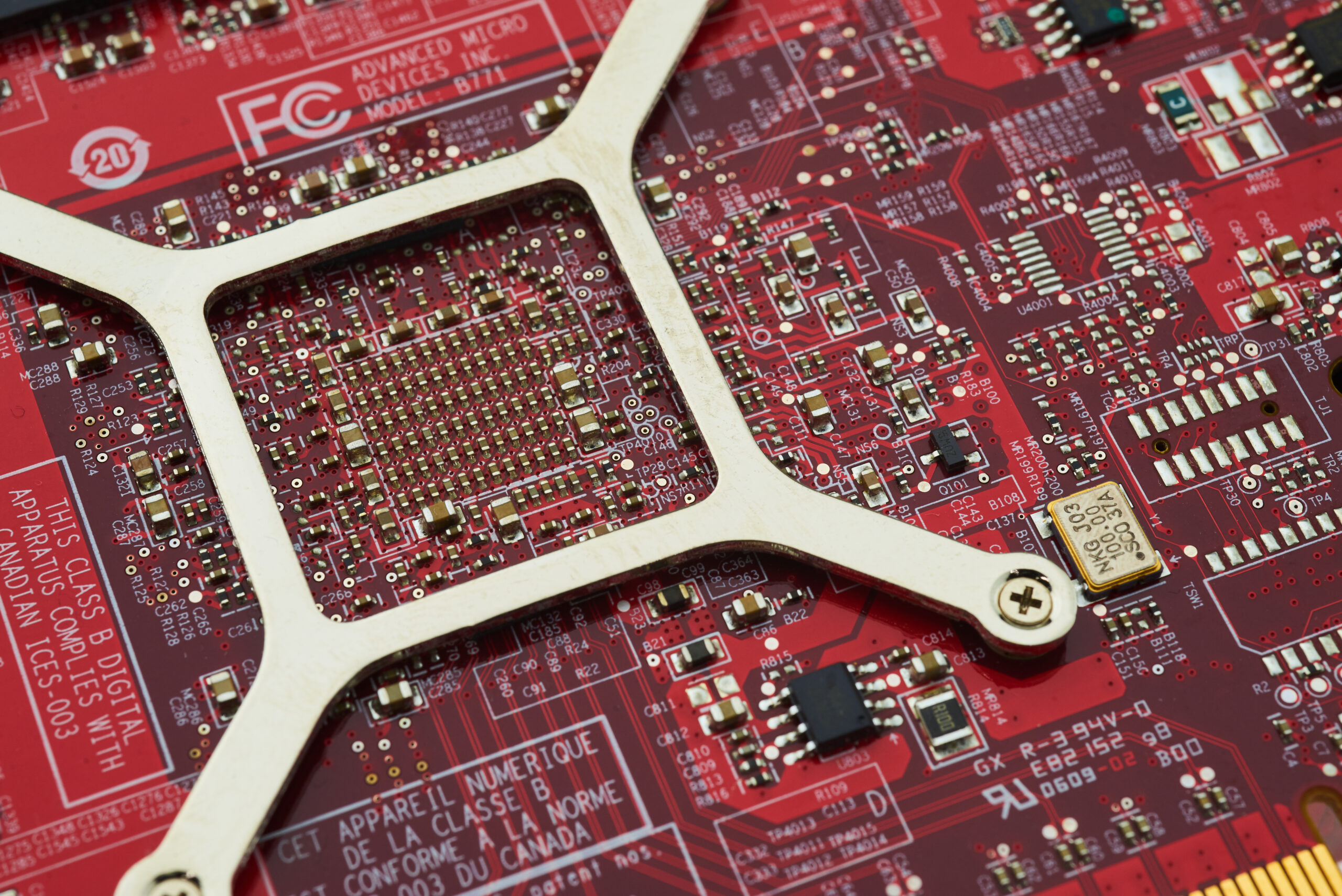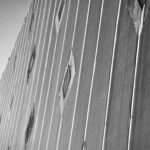Silicone Framework Adhesive Manual for Constructors
Did you know that nearly 75% of construction experts rely on silicone structural sealants for efficient weatherproof building? These top-quality sealants are not just a fad; they have become essential in modern building ventures for their outstanding longevity and strength against weather elements.
Silicone structural sealants provide robust bonding and increased suitability with a variety of materials. This makes them the preferred option for builders focused on longevity and lower upkeep. Their efficiency in various applications, particularly in structural connections and window sealing, shows how these building sealants have a vital role in improving the performance and security of structures.
Introduction to Silicone Framework Adhesives
Silicone framework adhesives are a significant advancement in construction and construction. They provide strong adhesion and elasticity, making them vital in contemporary building design. In contrast to traditional adhesives, silicone adhesives feature lasting flexibility. This is important in regions susceptible to shifting or growth.
The development of framework window adhesives has been a revolutionary. These adhesives are essential for multiple applications, both interior and exterior buildings. They ensure cohesion in varied building ventures. With a history extending years, silicone adhesive are now vital for security and aesthetics in architecture.
Constructors and designers trust silicone sealants for their efficiency and flexibility. They are utilized in window sealing and sealing façade joints, offering a dependable solution for contemporary building. As we explore into the types and characteristics of silicone sealants, it’s evident they have a vital role in building practices.
Varieties of Silicone Sealants
For constructors and developers, it’s important to understand the various categories of silicone sealants. The main types are neutral silicone sealant and reactive silicone sealant. Each type has distinct features that affect their application, making it essential to choose the appropriate one for a venture.
Neutral Silicone Sealant
Non-reactive silicone sealant is the preferred for sensitive uses. It doesn’t release chemicals that could cause corrosion or harmful chemical reactions with various surfaces. This makes it ideal for framework window sealing, particularly in bonding glass. Constructors often choose this adhesive for working with metals and other sensitive materials.
Acid Silicone Sealant
Reactive silicone sealant is perfect for ventures with non-sensitive substances. It cures quickly, making it excellent for sealing spaces promptly. It’s used in both home and business settings where speed and durability are important. Contractors value its versatility, but caution is required when applying it with materials that are sensitive to chemicals.
Key Properties of Silicone Structural Adhesive
Silicone framework adhesives shine in building due to their standout attributes. They offer strong adhesion, strong weather resistance, and unmatched longevity. These qualities are crucial for builders seeking a reliable sealant for various applications.
Adhesion and Compatibility
Top-notch structural sealants adhere strongly to materials like panes, alloys, and cement. This flexibility is vital for ventures requiring a strong connection across various substrates. Builders appreciate this sealant for its capacity to guarantee a solid bond, enhancing the structure’s cohesion.
Weatherproofing
Engineered to endure harsh conditions, weather-resistant silicone sealant stands up to UV rays, humidity, and extreme weather. Such strength ensures it continues to work effectively over time. It’s an ideal option for projects subjected to the elements or those in areas with changing conditions.
Longevity and Efficiency
One of rubber adhesives’ key traits is their longevity. They are designed to last, even with structural movement. This elasticity and durability make them a top pick for projects requiring to adapt and endure, guaranteeing consistent efficiency over their duration.
| Attribute | Explanation | Benefits |
|---|---|---|
| Bonding | High adhesive capability to various materials | Guarantees building integrity and dependability |
| Weatherproofing | Protection from ultraviolet light, humidity, and weather fluctuations | Improves longevity and avoids sealant breakdown |
| Longevity | Ability to withstand structural movement | Offers a long-lasting and efficient bond |
Uses for Silicone Adhesive in Construction
Silicone adhesives are essential in construction, especially in framework window sealing uses. They bond architectural elements like windows, facades, and window systems, ensuring both durability and beauty. A high-performance silicone sealant not only forms a strong connection but also moves with construction substances, preserving the bond through normal shifts.
Silicone products are also important in forming waterproof shields, improving structures’ resilience against harsh conditions. This is essential for the longevity and security of structures. Here are some significant fields of use:
- Bonding different substances, such as glass to metal or concrete.
- Creating bonds in window systems, enhancing energy efficiency.
- Providing water-resistant options for roofs and siding applications.
- Enabling growth and shrinkage in moving buildings.
- Ensuring visual appearance coherence in various architectural styles.
The distinctive combination of elasticity, longevity, and weather resistance makes high-performance silicone sealants perfect for modern construction requirements. As builders look for new solutions, silicone adhesive is increasingly used, resulting in safer and more efficient construction practices.
| Application | Explanation | Advantages |
|---|---|---|
| Structural Glazing | Bonding glass panes to framing systems | Improved aesthetics, robust connection, elastic movement |
| Waterproofing | Protecting roofing and siding from humidity | Water resistance, improved durability, energy performance |
| Joining Different Substances | Joining substances like alloys and panes | Versatility in substance suitability, robust bonding |
How to Choose the Appropriate Rubber Framework Adhesive
Choosing the appropriate silicone structural sealant demands a detailed analysis of substrate types and environmental conditions. It’s crucial to comprehend how different substances react with various sealing agents. This understanding is essential for choosing a top-quality rubber adhesive that can endure particular pressures.
Considerations for Various Materials
When choosing silicone joint sealant, various substrates demand unique approaches. Below is a chart detailing typical substrates and their related factors:
| Substrate Material | Suggested Adhesive | Important Factors |
|---|---|---|
| Cement | Top-quality rubber adhesive | Bonding characteristics and curing time |
| Panes | Non-reactive rubber adhesive | Clear finish and ultraviolet protection |
| Metal | Rubber adhesive | Corrosion resistance and flexibility |
| Wood | Hybrid silicone sealant | Moisture resistance and movement capability |
Application Environment Factors
The environment greatly influences the choice of adhesive. Factors such as extreme weather, humidity levels, and chemical exposure are important. An ideal sealant should keep performance across varying conditions.
- Heat Levels: Make sure the adhesive can withstand the exact temperature range.
- Moisture: Choose adhesives resistant to moisture for wet areas.
- Chemical Exposure: If the area will be exposed to chemical substances, choose a sealing agent with appropriate protection.
For the optimal outcome, consistently refer to manufacturer specifications and perform compatibility testing with materials. This method reduces risk and guarantees durability for all projects using a silicone structural sealant.
Proper Application Methods
Perfecting the art of sealant production application is crucial for its efficiency. The result depends on the thoroughness of surface preparation and the techniques used. These preliminary stages create the foundation for a successful adhesive application.
Surface Preparation
Substrate cleaning is the foundation of effective rubber framework adhesive installation. It’s critical that materials are thoroughly cleaned, dried, and devoid of any contaminants. The important procedures for surface preparation are:
- Washing: Dust, grease, and remnants must be eliminated. The selection of cleaner should suit the substrate kind.
- Priming: A primer may be necessary, depending on the sealant and material, to bolster bonding.
- Dehydration: Complete dehydration of the surface is essential before applying the sealant, as moisture can undermine its performance.
Adhesive Techniques
Choosing for the right sealant application methods is vital for superior outcomes. The technique employed should match with the project’s needs and the desired finish. Common techniques include:
- Caulking Gun: This method is preferred for its accuracy in controlling sealant width.
- Trowel Application: Perfect for bigger regions or when a thick sealant layer is required.
- Spacer Insertion: Crucial in deeper joints, this method regulates adhesive thickness and improves adhesion.
Adherence to these techniques is important to avoid bubble formation, which can detract from the seal’s integrity. Diligence in both substrate cleaning and use ensures a bond that is both long-lasting and efficient, underpinning the long-term success of construction projects.
Verification in Sealant Usage
Ensuring the quality of sealant usage is crucial for meeting efficiency goals. Effective verification techniques assist constructors and contractors verify the integrity of their projects. This involves thorough bond strength verification under different conditions to determine if the adhesive bonds well with the surfaces it touches.
Testing for Adhesion
Testing bond strength is crucial for assessing silicone sealants. Techniques used include:
- Pull-off tests – a common technique to evaluate the bond strength between the adhesive and the surface.
- Adhesion checks – useful for verifying how well the adhesive bonds over time.
- Real-world assessments – practical assessments that verify the adhesive works as intended in actual conditions.
These methods, included in the quality assurance process, build trust in the sealant’s bonding capacity and its fit for a project.
Recording and Warranty Considerations
Documentation is key in guaranteeing adhesive standard. It includes noting the materials utilized, how they were installed, and the environment at the time of application. Detailed records help in future upkeep and protect all parties. Guarantee factors are important, providing coverage against failures and defining the duties of producers and installers. Adhering to recording methods lowers dangers from sealants that don’t meet standards.
| Record Kind | Description |
|---|---|
| Installation Records | Details on the installation method, covering environment and techniques used. |
| Safety Information | Info on the safety and handling of adhesives used in the venture. |
| Guarantee Papers | Terms and factors outlining coverage against failures and deficiencies. |
Keeping precise information throughout the process is crucial for sealant quality assurance. Effective verification and careful recording support strong warranty considerations, resulting in effective results.
Frequent Errors to Avoid with Silicone Sealants
Many builders run into issues with rubber adhesives that can severely impact their ventures. It’s essential to fix these errors for a lasting and effective seal. Here are some typical errors to watch out for:
- Incorrect Substrate Cleaning: Not cleaning and readying surfaces correctly can lead in poor bonding. Consistently eliminate dust, grease, or impurities before using the adhesive.
- Selecting the Incorrect Adhesive: Various ventures require particular adhesives. Using an acid silicone in a place where a neutral one is needed can lead inferior efficiency.
- Incorrect Adhesive Methods: Using sealant unevenly can form vulnerable areas. A steady hand and uniform pressure during use are essential for a solid seal.
- Ignoring Environmental Conditions: Adhesives work best within specific heat and moisture levels. Applying them in extreme conditions can reduce their effectiveness.
- Neglecting Curing Times: Hurrying the curing period can lead in incomplete adhesion. Consistently follow the suggested drying periods for the optimal outcome.
Identifying and addressing these rubber adhesive mistakes guarantees improved efficiency and longevity in construction projects. Taking these measures can result in effective applications and minimize the need for later fixes.
| Mistake | Effect | Solution |
|---|---|---|
| Incorrect Substrate Cleaning | Weak bonding leading to seal failure | Thoroughly clean and prepare substrates before use |
| Choosing the Wrong Type of Sealant | Poor efficiency in specific conditions | Choose a adhesive suitable with the application |
| Incorrect Adhesive Methods | Weak points in the bond, chance of breaks | Adopt steady and even adhesive techniques |
| Overlooking Surrounding Factors | Weakened bond strength | Check temperature and moisture before application |
| Neglecting Curing Times | Chance of early breaks | Follow the suggested curing times |
Maintenance of Rubber Framework Adhesives
Guaranteeing the durability and performance of rubber framework adhesives is essential. Regular upkeep can avoid fungus development, discoloration, and seal failure. This preventive method not only maintains the building’s aesthetic appeal but also prolongs the sealant’s lifespan.
Important methods for effective maintenance are:
- Regular Inspections: Inspect for indications of wear, breaks, or bubbling every few months.
- Cleanliness: Keep the area around the sealants clean. Debris accumulation can lead to mold and discoloration.
- New Application: Prompt reapplication is essential when adhesives show signs of degradation to maintain cohesion.
- Surrounding Factors: Be aware of changing weather conditions and their impact on seal effectiveness.
Adopting these measures can greatly reduce possible issues, improving the building strength of structures using rubber products. This dedication to upkeep ensures a reliable and effective adhesive for structures.
Environmental Impact of Silicone Sealants
The ecological effects of adhesives, particularly rubber adhesives, has experienced a surge in focus. This increased focus stems from the requirement to match building practices with eco-friendliness. The manufacture of these sealants often includes volatile organic compounds (VOCs), which pollute the air and affect internal conditions.
As the building industry moves towards eco-friendly substances, producers are creating in silicone sealants. They seek to lower VOC emissions and create eco-friendly formulas. These innovations not only cut down on pollutants but also align with eco-friendly building objectives.
Waste management of silicone sealants presents environmental hurdles. In contrast to some other options, silicone is hard to reuse, leading in more landfill waste. Consumers and constructors should seek out materials marked as eco-friendly or supported by recycling initiatives.
| Aspect | Conventional Silicone Sealants | Sustainable Silicone Sealants |
|---|---|---|
| Chemical Outputs | More pollutants | Reduced pollutants |
| Waste Management | Difficult to recycle | Designed for easier recycling |
| Formulation | Traditional ingredients | Eco-friendly chemical components |
| Adherence to Guidelines | Varies widely | Meets green building standards |
In the future, builders and designers should favor rubber adhesives with reduced environmental impacts. Choosing these eco-friendly options can greatly reduce damage to our environment. At the same time, they still offer the durability and performance required in construction projects.
Comparing Rubber Adhesives to Other Adhesives
Comprehending the differences between silicone structural sealant and other sealant types is crucial for making educated decisions in construction. This overview will focus on two main contrasts: rubber vs. plastic adhesives and silicone vs. polyurethane sealants. Each serves unique roles in sealing applications, influenced heavily by their attributes and applications.
Rubber vs. Plastic Adhesives
Rubber adhesives shine in flexibility and weather resistance, making them ideal for applications exposed to severe weather. Plastic adhesives, while easier to paint and typically lower in price, might not provide the same level of longevity over time. Key differences are:
- Weather Resistance: Silicone is more effective in harsh weather and moisture.
- Flexibility: Silicone can stretch and shrink with structural movements, while plastic is susceptible to cracking.
- Adhesion: Silicone adheres effectively to a variety of substrates, whereas acrylic may have limitations.
Silicone vs. Polyurethane Sealants
In the contrast of rubber vs. synthetic adhesives, both offer great adhesion. Polyurethane sealants may possess a stronger bond to many substrates but often are lacking when subjected to harsh weather. Important factors to consider are:
- Adhesion Strength: Polyurethane can adhere incredibly well on different substrates.
- Weather Performance: Silicone is more likely to exceed polyurethane in harsh weather situations.
- Application: Synthetic typically requires more careful mixing and use than silicone.
Each type of adhesive has its advantages and weaknesses, determining their fit across various ventures. Making an educated decision depends on comprehending these comparisons when selecting between silicone and other adhesives.
Future Trends in Silicone Sealant Development
The rubber adhesive industry is experiencing major changes, propelled by the need for modern construction options. New developments in adhesive mixtures are improving longevity while lowering environmental impact. This change is propelled by growing awareness of eco-friendliness, leading the development of effective, green sealants.
Self-healing sealants are a groundbreaking development in this field. These materials can on their own fix small breaks, significantly extending their life and reducing on replacements. This satisfies the increasing demand for long-lasting building materials.
Constructors encounter the challenge of dealing with weather changes. In response, producers are developing highly flexible silicone formulations. These sealants are designed to endure changing environmental factors without reducing efficiency. They are perfect for various construction projects.
The sector is also leaning towards sustainable, performance-focused sealant solutions. Constructors and architects now seek materials that meet their needs and support eco-friendly practices. This trend underscores the critical role of continuous research and development in the industry.
- Auto-repair features
- Improved elasticity for temperature variations
- Reduced environmental impact
- Performance-driven formulations
Summary and Final Thoughts on Rubber Framework Adhesive
Silicone structural sealants are essential in the building sector, offering many benefits that improve both functionality and longevity. They provide superior bonding characteristics and durable seals, enhancing project durability and strength against weather conditions.
These sealants also show notable weather resistance and versatility, making them suitable for a variety of uses. By employing top-quality rubber adhesives, constructors not only promote eco-friendly methods but also guarantee their seals last for long periods, guaranteeing safety and reliability.
As construction evolves, the application of rubber adhesives will likely lead more durable and energy-efficient options. Adopting these innovations will help constructors deliver excellent results that satisfy modern construction needs while supporting eco-friendly practices.


